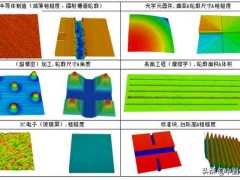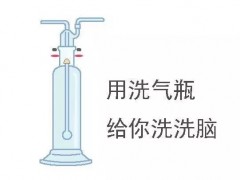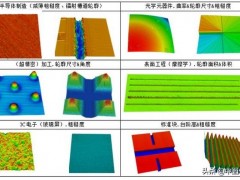第一届磁共振网络会议(iCMR 2017)特邀报告
Developing NMR Methods to Study Protein Electrostatics
姚礼山 研究员
中国科学院青岛生物能源与过程研究所
报告时间:2017年12月5日
报名地址:
报告人简介:
2010年加入中国科学院青岛生物能源与过程研究所,获科学院“百人计划”资助,科研方向是生物物理化学和生物分析。研究兴趣包括:发展生物核磁共振方法研究蛋白质结构,动力学和功能;使用核磁共振和计算化学方法研究蛋白质与小分子,蛋白质和蛋白质相互作用;结合量子力学计算和分子动力学模拟研究酶催化反应机理以及酶设计。
报告摘要:
Electrostatic interations are important for protein function. However, quantifying electrostatics at the atomic level is challenging. In this presentation, I will talk about two methods we recently developed to characterize protein electric field and charge-charge pairing (salt bridge formation). The first method is about using remote chemical shift perturbation (CSP) to monitor the electric field (e-field) generated by a specific protein side chain charge. This method takes advantage of the high sensitivity of the protein backbone amide 1H chemical shift to e-field. For the tested protein GB3, the chemical shift change of a charge changing mutation K19A can be fitted to the Buckingham equation, which provides important information about the e-field, yielding an apparent dielectric constant of ~9. The salt and temperature effect on the e-field is also discussed.
We used the CSP method to study the molecular crowding effect on protein e-field. Our results show that inert crowders, such as Ficoll and Dextran, have no effect on the protein side chain e-field. But for the protein crowder BSA and the cell-mimic crowder lysate, the e-field can be greatly weakened. The extent of the weakening in cell lysate depends on the location and the sign of the side chain charge. The weaking of the e-field is due to the quinary interaction with the lysate. A model for the e-field weakening is proposed.
The second method is about measuring the salt bridge interaction with high accuracy. Salt bridges are very common in proteins. But what drives the formation of protein salt bridges is not that clear. We determined the strength of four salt bridges in protein GB3 by measuring DpKa values of the basic residues that constitute the salt bridges with a highly accurate NMR titration method at different temperatures. The results show that the DpKas increase with temperature, indicating that the salt bridges are stronger at higher temperature. Fitting of DpKas to the van¢t Hoff equation yields positive DH and DS, indicating that entropy drives the salt bridge formation. Molecular dynamics simulations show that the protein and solvent have opposite contributions to DH and DS. Specifically, the enthalpic gain contributed from the protein is more than offset by the enthalpic loss contributed from the solvent whereas the entropic gain is originated from the desolvation effect.
 手机版|
手机版|

 二维码|
二维码|












